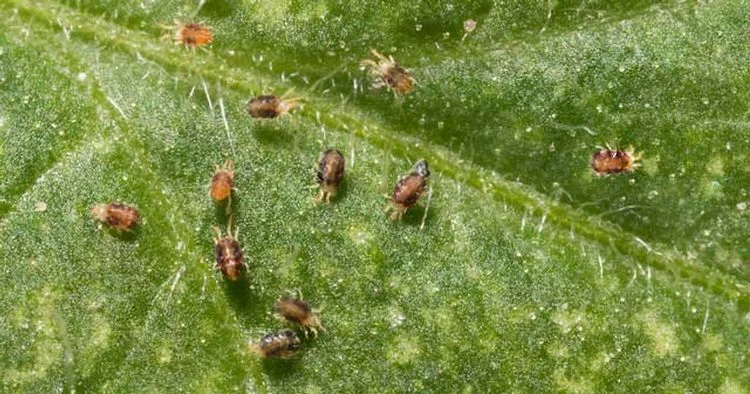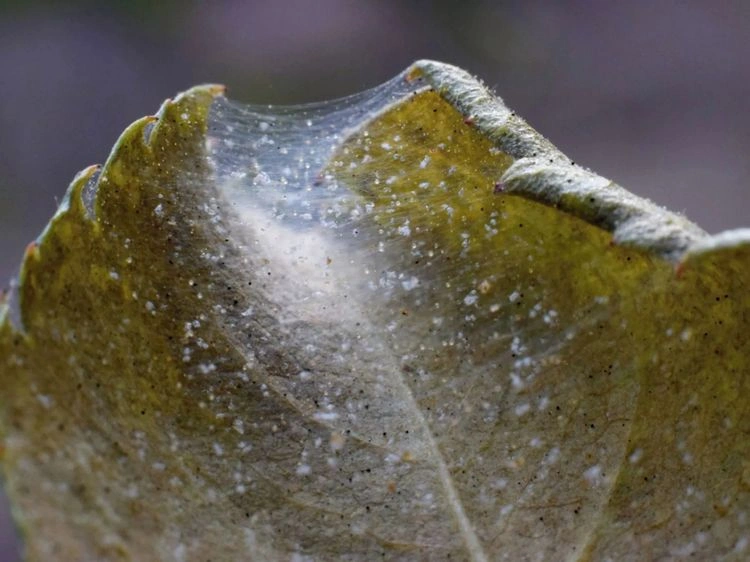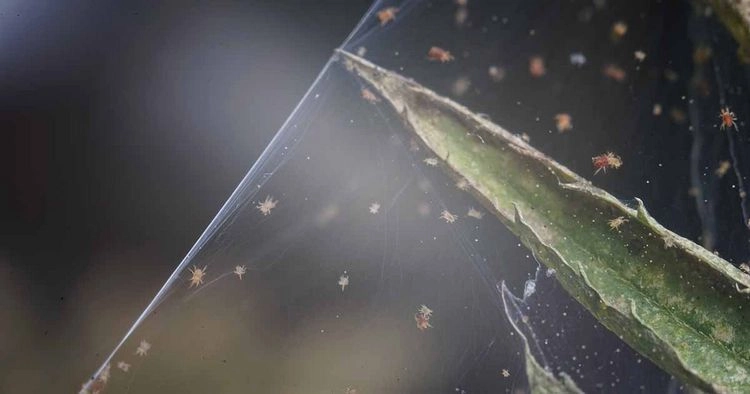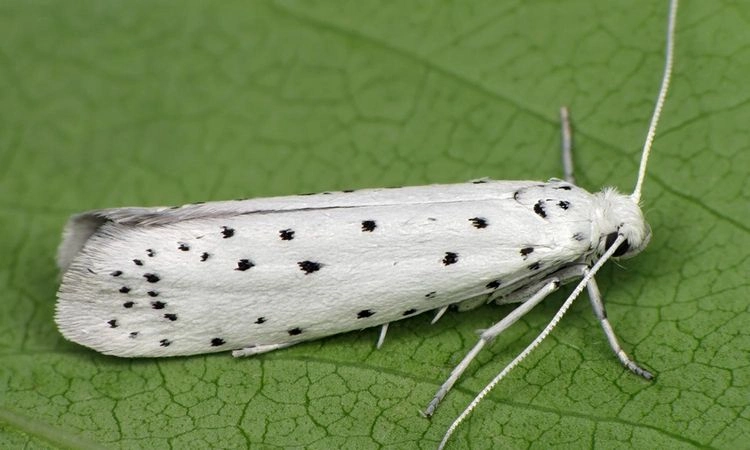Have you noticed that your beloved plant is suddenly covered in what appears to be a spooky and enigmatic web? Have you ever thought about how this spider web got there? If you’ve seen a lot of cobwebs on your plant and the plant is showing signs that it’s not healthy – yellowed or brown leaves – then your plant is most likely infested with spider mites, which are a common pest. The other possibility if you see cobwebs on plants is that spider moths have infested your crop. In the following, we will tell you how you can recognize and combat these pests!
What are spider mites?
Because they are so tiny, spider mites go almost entirely unnoticed by their hosts. It’s not until you notice their web on the plant that you know they were there.
The spider mites often attack:
Beans, cucumbers, roses, orchids, hydrangeas, apple trees, oleanders, tomatoes, gardenias, petunias, yew and others
Identify spider mites

They suck the sap from the plants with their sharp mouthparts and then consume it. Although quite small, spider mites live in colonies that number more than a hundred of their own kind. These tiny mites feed on the sap and live on the underside of your plant’s leaves. If you look very closely you can see that the mites are gently moving across the leaf.
Spider mite infestations can occur on plants grown either indoors or outdoors. Spider mites cause damage to plants by invading and damaging plant cells. Because they are so small, an infestation can start almost overnight and the damage to your plant can be seen in a relatively short amount of time.

Signs of a possible spider mite problem:
- With a spider mite infestation, your plant’s leaves may begin to yellow or drop prematurely, which is one of the first signs of an infestation.
- With a large number of insects, the web can cover the entire plant.
- When the spider mites force the plant to shed its leaves, the plant is susceptible to sunburn.
- A heavy infestation with spider mites can not only stunt the development of the plant, but also lead to the death of the plant.
Cobwebs on plants – causes of infestation
Spider mites are attracted to a dry environment as they cannot survive in a humid environment.
- Underwatered plants
The concern about plants getting too much water is common, but it’s also possible to kill plants by not giving them enough water. A plant that hasn’t been watered enough and the soil is dry will attract spider mites on the leaves.
Many gardeners worry that their plants are not getting enough nutrients. But giving them too much can do more harm than good. For example, giving your plant too much fertilizer can make it susceptible to spider mites.
Successfully combat spider mites

Use only natural means to successfully get rid of the pests. These methods will help you:
- Leaves should be washed or sprayed regularly with cold water – mites avoid an environment that is both cool and humid. Many will probably get carried away by this.
- Use a damp sponge to hand wipe each leaf of the plant.
- Spray or wipe the plant again with a milder solution of dish soap and water. Add about half a teaspoon of liquid soap to 350 ml of water.
- Neem oil can be used to effectively clean the plant leaves. The oil forms an extra barrier on the leaves which is toxic to the mites and as a pleasant side effect it gives the plants a high gloss finish.
Cobwebs on plants – get rid of spider moths

The spider moth caterpillars have huge appetites and will devour virtually any plant matter they can reach with their tiny lips. This includes the bark of the tree, but also leaves, stems and flowers.
The caterpillars attack:
Bird cherry, sloe, fruit trees (e.g. apple trees and plum trees), poplars, spindle trees, willows, hawthorn
Identify spider moths

The spider moth belongs to the family of Yponomeutidae, which belongs to the order Lepidoptera and includes many different species of insects. Adult, white spider moths feed on the nectar of the flowers, while the caterpillars eat leaves and other plant matter. The females lay their eggs on the leaves of the plant. Spider moths are adult moths that fly in late summer and have white or greyish markings and black dots.
Combat spider moths

The larvae of the spider moths are capable of damaging useful plants and crops. Since mating usually produces a significant number of eggs, this should be considered. However, the infestation can last as little as a month or two – by the time summer arrives, the webs are usually gone and your plants will make a full recovery.

These methods will help combat:
- There is always a solution – you can fight the spider moth mechanically. The procedure itself is simple, but you should put in some work and spend some time on it. To do this, you should get a spatula, go through the garden and remove all the cobwebs erected by the spider moth.
- Also, try hosing down trees and leaves in early spring and September to create the highest water pressure and then get rid of the caterpillars.
- Attract the predators of the spider moths and caterpillars – for example parasitic wasps and birds.